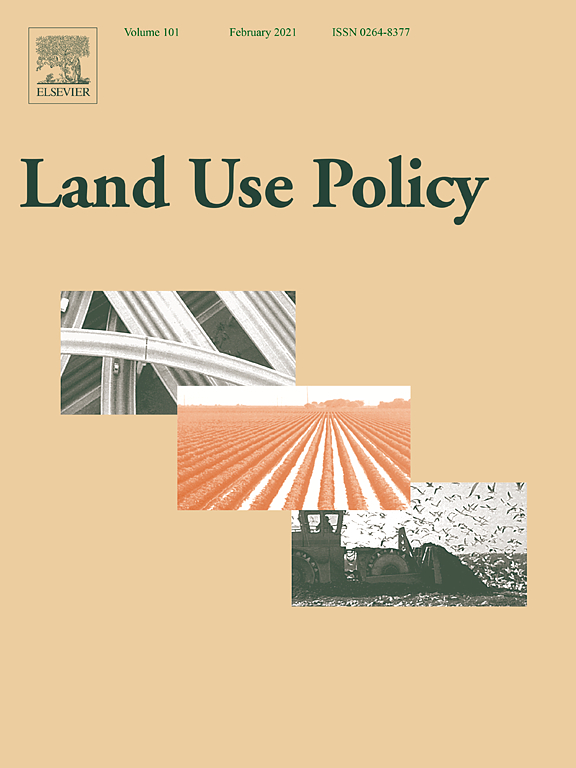Are land rental markets responding to rising population pressures and land scarcity in sub-Saharan Africa?
Although still at incipient stages in most areas, agricultural land markets in sub-Saharan Africa (SSA) are growing rapidly. While the literature on the region’s land markets is expanding, there has been little attention thus far paid to the drivers of land rental prices. We know quite little about whether and how land markets and land contracts respond to meso-scale factors such as spatial variations in land abundance, or to micro-level factors, such as household land endowments.


